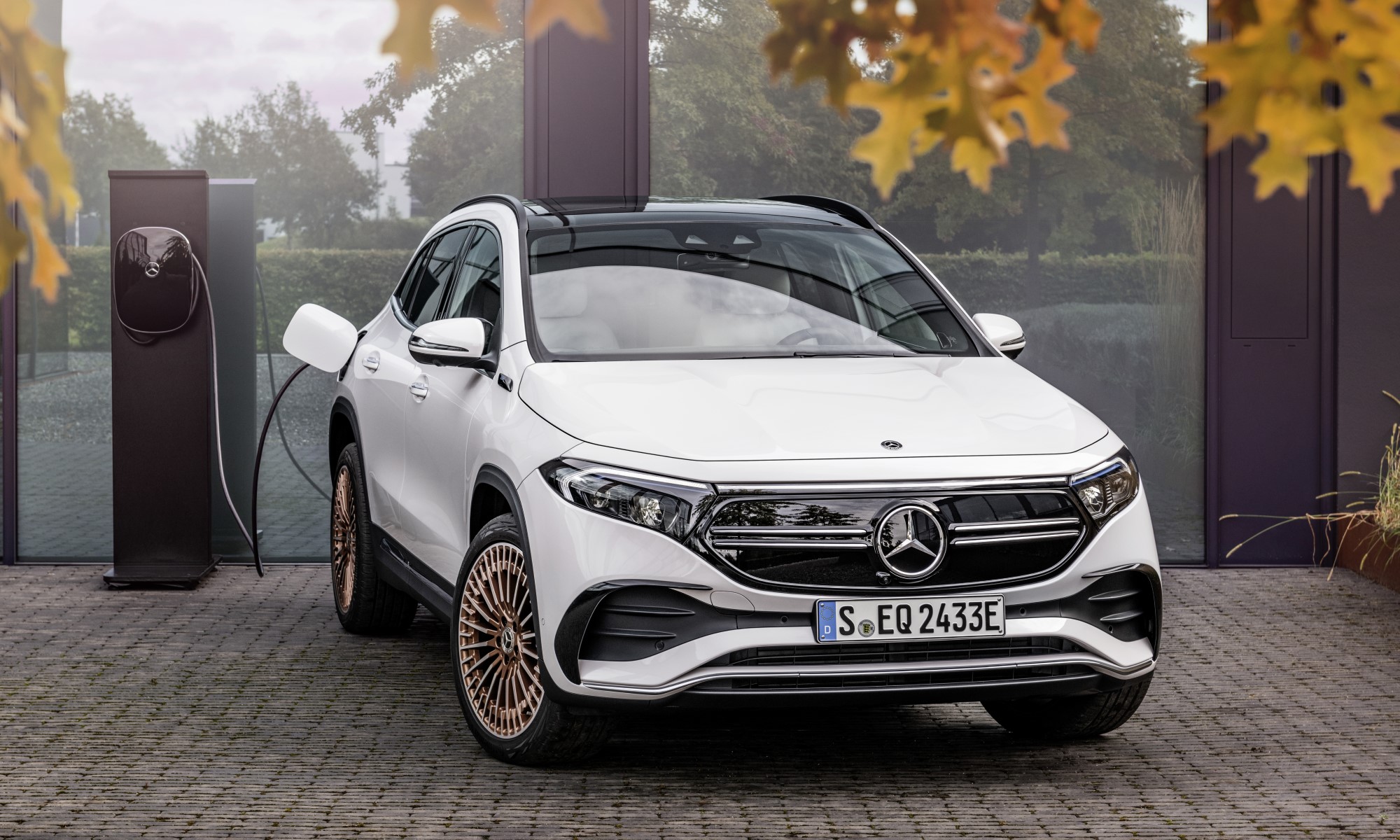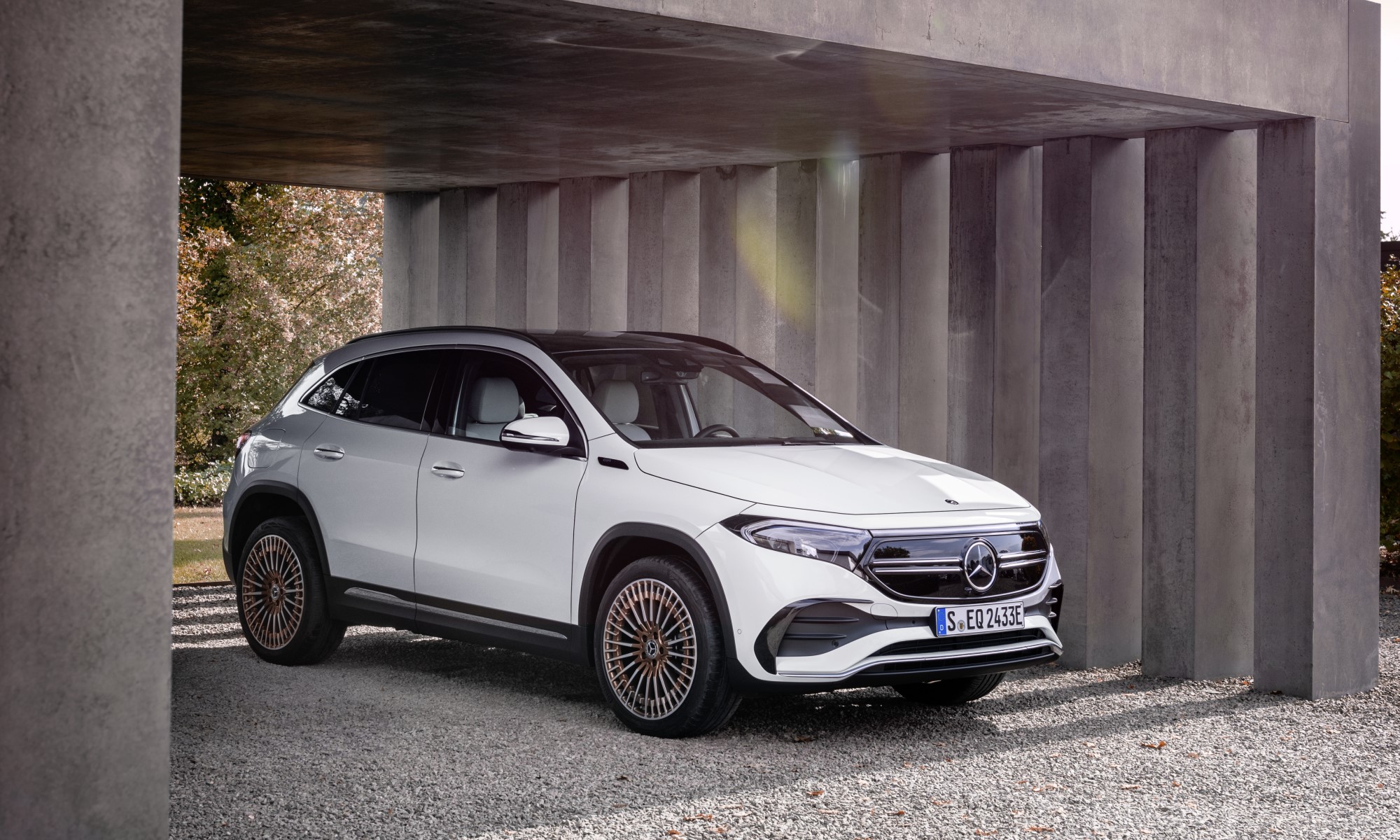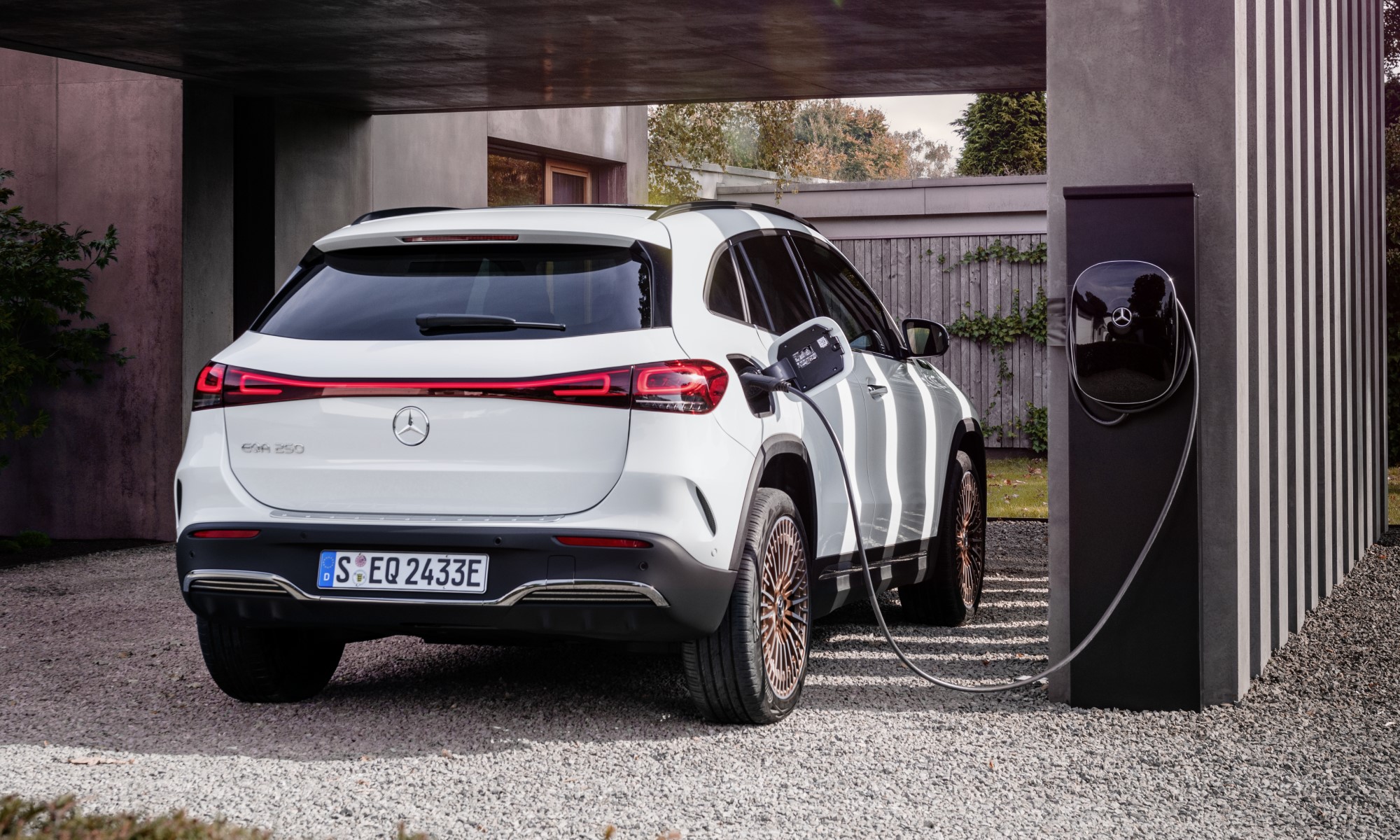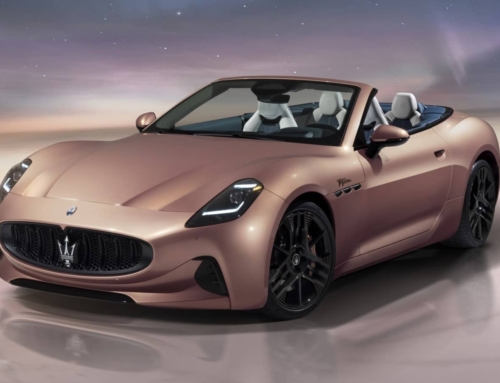We’ve been reading and hearing about electric vehicles for many years now. Hybrid models have been available locally from several manufacturers for over a decade but electric cars have not charged (sorry, we couldn’t resist) into SA as they have in other parts of the world… until now that is. The Mercedes-EQ range is heading to SA in full force as of April 2022.
Follow Double Apex on Facebook and Instagram, where we share more car content.
Four all-new Mercedes-EQ models will be launched into the local market from the second quarter of next year. EQ equivalents are available for existing model ranges, in much the same way as there is an SUV to match each passenger car from the marque. We outline what buyers can expect from these new additions to Mercedes-Benz SA’s existing portfolio.
Mercedes-EQ EQA – the compact electric car
The EQA is the entry point to the world of Mercedes-EQ ownership. It is the smallest member of the family and based on the company’s GLA. Although it shares underpinnings with Mercedes’ smallest SUV, the EQA features a unique appearance.
Its form follows function as the EQA has been shaped to be slippery through the air: low wind resistance means high efficiency ie longer range. The digitally shaped body results in a low Cd value of 0,28. Among the highlights are a closed cooling air control system, aerodynamically efficient front and rear aprons, an almost completely enclosed underbody, aero optimised wheels and specifically adapted front and rear wheel spoilers. All of this helps to create a range of 486 km.
The Mercedes-Benz EQA250 was the first of its range to debut. This powertrain has 140 kW on tap with an instantaneous 375 N.m of torque available from the moment the drive motor starts turning. Drive is sent to the front axle through a single-speed transmission. More athletic all-wheel-drive models with an additional electric powertrain on the rear axle and an output of 200 kW or more are expected in time.
Standard specification of the EQA includes such features as LED headlamps with Adaptive Highbeam Assist, an electrically operated tailgate, 18-inch light-alloy wheels, ambient interior lighting with 64 colours, luxury seats with four-way adjustable lumbar support, a rear-view and a multifunction sports steering wheel in leather. Mercedes-Benz User Experience (MBUX) infotainment system is standard with all mobile phone connectivity and navigation.
Mercedes-EQ EQB – for those who need more space
The EQB was designed for families that require more passenger room than a five-seater provides. This mid-range battery powered SUV features familiar EQ design traits such as the closed black panel between the headlamps, continuous light strip at front and rear and smooth body lines.
A seven-seater option covers a wide variety of transport needs. Two seats in the third row can be used by people up to 1,65 metres tall, and child seats can also be fitted there. Alternatively, there is the option of a large boot when the rear-most seats are not needed. The second row of seats slide fore and aft to increase legroom or boot volume as required. Added practicality is available by folding down the third and second row of seats to create a van-like loading bay.
The EQB range is offered in front-wheel and all-wheel drive options with various power ratings. In international markets buyers get to choose between the EBQ300 (168 kW/390 N.m) and EQB350 (215 kW/520 N.m). Both derivatives feature Mercedes’ 4Matic all-wheel-drive system thanks to an electric motor powering each axle. The quoted range for both versions is 418 km.
Pricing and more information will be available closer to the launch dates via
Mercedes-Benz South Africa’s dedicated EQ microsite.
Mercedes-EQ EQE – the executive saloon
The luxury saloon is where Mercedes-Benz built its reputation for rock-solid motoring. The EQE, as its name implies, is an E-Class for the new age. It is the second model after the range-leading EQS (see below) to be based on the company’s EAV2 architecture. This is an all-new platform that was designed purely for EV use, unlike the EQA and EQB which are based on existing ICE models.
Sensual Purity is the design language that has been applied to the EQE. This means it features one-bow lines and a cab-forward design with short overhangs for a dynamic stance. A long wheelbase, of over three metres, provides a cabin that is large with plenty of room for passengers and boot size that is quoted as 430 litres. Space in the cabin is freed up by placement of the battery pack under the floor. Speaking of the battery…
A 90 kWh pack allows for a range of up to 660 km on a full charge according to Mercedes. This power storage unit feeds an electric motor mounted on the rear axle. The EQE350 is the first of the EQE range to debut. This derivative has 215 kW/530 N.m of torque on tap from the instant the motor starts to turn. Other versions will debut in time including all-wheel drive derivatives and AMG variants with up to 500 kW.
The high-tech cabin features high quality materials and the option of Mercedes’ MBUX Hyperscreen, a cabin-wide glass panel that covers three OLED displays: a 12,3-inch instrument cluster, a 17,7-inch centre screen, and a 12,3-inch display for the passenger. The third screen digital content which is turned off if it is detected that the driver is peering over. EQE and its EQS sibling offer the possibility to activate completely new vehicle functions via over-the-air updates (OTA).
Mercedes-EQ EQS – large and on charge
Spearheading the electric onslaught is the EQS. The S-Class of electric cars was the first to be built on Mercedes’ EAV2 platform. In keeping with its apex credentials the EQS is a large car that looks futuristic, particularly in two-tone Edition One guise.
The EQS was designed to be sleek and aerodynamically efficient. Aerodynamicists and designers have achieved a drag coefficient value of 0,20 thanks to near seamless panel gaps, aero-optimised alloys and a smooth overall shape. This makes the EQS the most aerodynamic production car in the world today. A standard rear-axle steering system has up to 4,5 degrees of rear-wheel steer to make the over-five-metre long EQS feel more nimble and manoeuvrable. An optional system allows up to ten degrees of angle on the rear wheels enabling a turning circle of 10,9 metres for the EQS, which is comparable to a C-Class.
The modern, high-tech approach continues into the cabin of the Mercedes-Benz EQS. From the front seats occupants are faced with the hyperscreen, which is optional on the entry level version and standard in the range leader. Autonomous driving (in certain markets) at speeds of up to 60 km/h is one of the key new features being rolled out with the EQS saloons. An intelligent on-board computer plans routes based on real-time traffic conditions and topography, among other things to maximise battery charge as well as to recuperate energy from the braking system.
As of now there are two Mercedes-Benz EQS derivatives: the EQS450+ and EQS580 4Matic. Both feature an electric motor on the rear axle while the 580 adds another to drive the front wheels, making it all-wheel-drive. The 450+ has 245 kW and 568 N.m of torque which allows it to accelerate from rest to standstill in 6,2 seconds. The range-leader has a combined power output of 385 kW with 855 N.m of twist effort. It can dispatch the benchmark sprint in 4,3 seconds. Both cars are limited to a top speed of 210 km/h and a maximum range of up to 770 km on a single charge. A performance version of the EQS, with an AMG badge will have up to 560 kW.
You can also learn more about the EV range from the dedicated Mercedes-EQ YouTube channel.






















![Hyundai Brings Full ICE Experience to Ioniq 5N EV [video]](https://doubleapex.co.za/wp-content/uploads/2024/04/Hyundai-Ioniq-5-N-1-1-500x383.jpg)



Curious about pricing. But exciting times ahead.